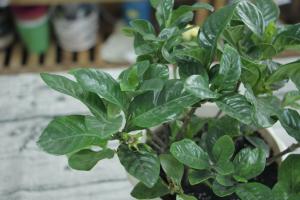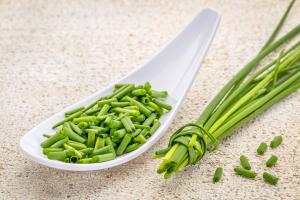When should you move pepper plants in pots?
Pepper plants are a favorite among many gardeners, as they come in a variety of flavors, sizes, and heat levels. Growing pepper plants in containers is a great way to enjoy fresh produce even if you have limited outdoor space. While it's relatively easy to care for pepper plants in pots, knowing when to move them is crucial for their health and growth. In this article, we will discuss the ideal time for transplanting pepper plants in pots.
Why should you move pepper plants?
Pepper plants need sufficient space to grow healthy roots and produce fruits. When the roots outgrow the container, the plants may become root-bound, which means they are constricted by their own root system, causing stunted growth and poor fruit quality. Additionally, if the soil in the container becomes compacted or drained poorly, the roots will not have access to the necessary nutrients and moisture, which can lead to wilting, yellowing, or other signs of stress. Therefore, it's essential to move pepper plants to a larger pot or outdoor bed when they outgrow their current container.
When should you move young pepper plants?
If you start your pepper plants from seeds or cuttings, you should keep them in small pots until they develop strong roots and at least four sets of leaves. At this stage, the plants are still relatively small and fragile, and transplanting them too early can stunt their growth or damage their roots. On the other hand, if you wait too long, the plants may become root-bound and harder to transplant. Therefore, it's best to move young pepper plants to a larger container or bed when they are about six to eight inches tall or have roots that reach the bottom of the pot.
When should you move mature pepper plants?
If you purchased mature pepper plants from a nursery or garden center or grew them from last season, you may need to transplant them into a new container or bed after a year or two. Mature pepper plants can grow up to three or four feet tall and two feet wide, depending on the variety. Therefore, they need a spacious container or outdoor bed to spread their roots and fruit branches. Generally, the best time to move mature pepper plants is in early spring or late fall when the temperature is mild, and the plants are not actively growing or producing. Avoid transplanting them during hot or dry weather, as this can stress the plants and cause them to wilt or drop flowers or fruits.
How to move pepper plants?
To move pepper plants from one container to another, you should follow some general steps:
Choose a new container that is at least two or three inches wider and deeper than the current one and has drainage holes.
Water the pepper plant the day before the transplanting to loosen the soil and reduce the shock to the roots.
Gently remove the pepper plant from its current pot by tilting it, tapping the sides, or using a trowel or fork to loosen the soil without damaging the roots. Be careful not to pull the plant by its stem or leaves, as they can snap easily.
Inspect the roots for any damages or signs of disease or pest infestation, and trim them if necessary with clean shears or scissors.
Fill the new container with fresh, well-draining potting mix, and create a shallow hole or trench in the middle.
Place the pepper plant in the hole or trench, and adjust the soil level so that it covers the roots and covers the base of the stem, leaving a few inches of space between the soil surface and the top of the container.
Water the pepper plant well, until the water drains out of the bottom holes, and place it in a bright, sheltered location away from direct sun, wind, or extreme temperature fluctuations for a few days or until it recovers from the transplant shock.
Fertilize the pepper plant with a balanced or organic fertilizer, according to the package instructions, after a few weeks or when new growth appears.
By following these guidelines and transplanting your pepper plants at the right time, you can ensure they thrive and bear ample fruits throughout the growing season.

 how many times do yo...
how many times do yo... how many planted tre...
how many planted tre... how many pine trees ...
how many pine trees ... how many pecan trees...
how many pecan trees... how many plants comp...
how many plants comp... how many plants can ...
how many plants can ... how many plants and ...
how many plants and ... how many pepper plan...
how many pepper plan...































